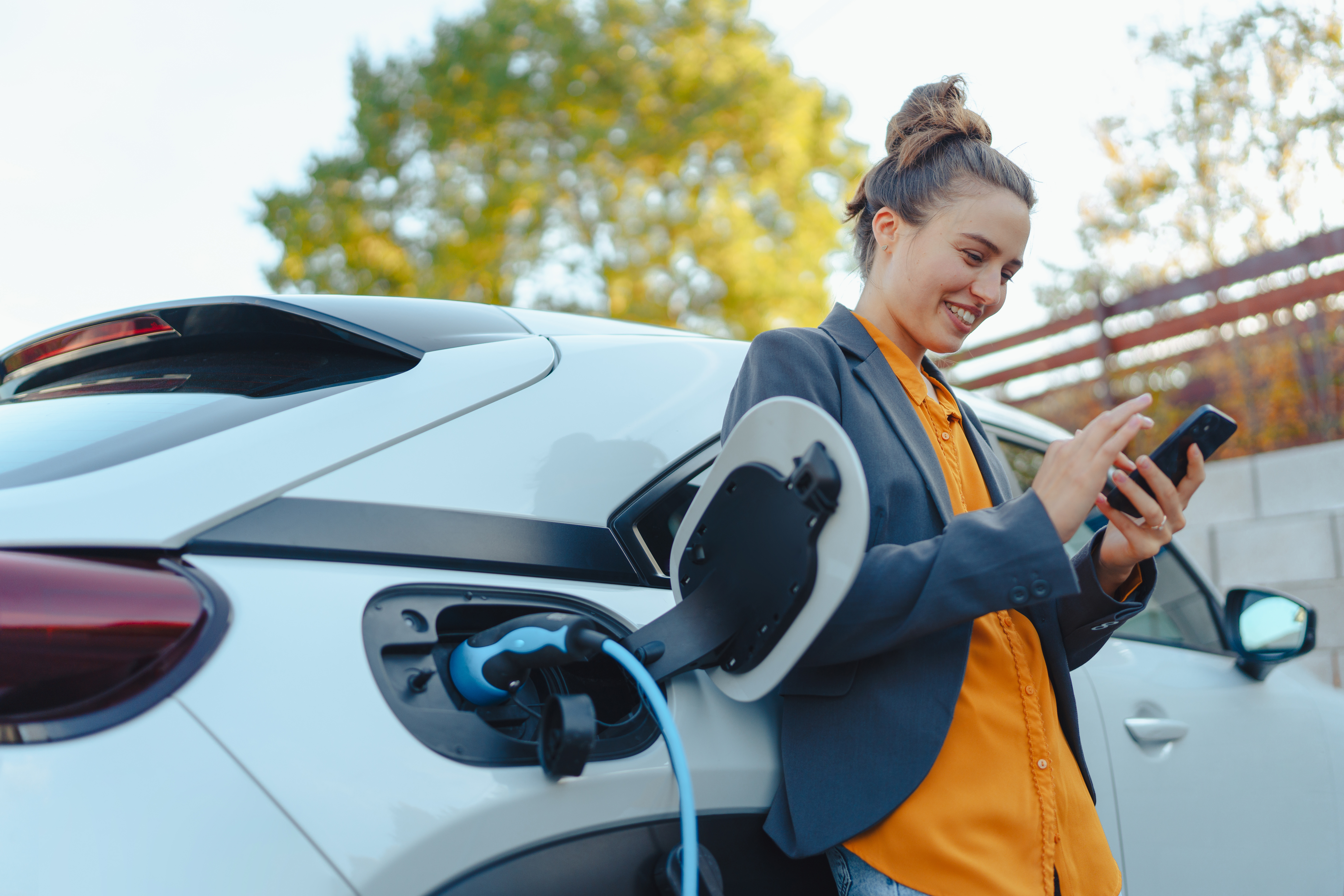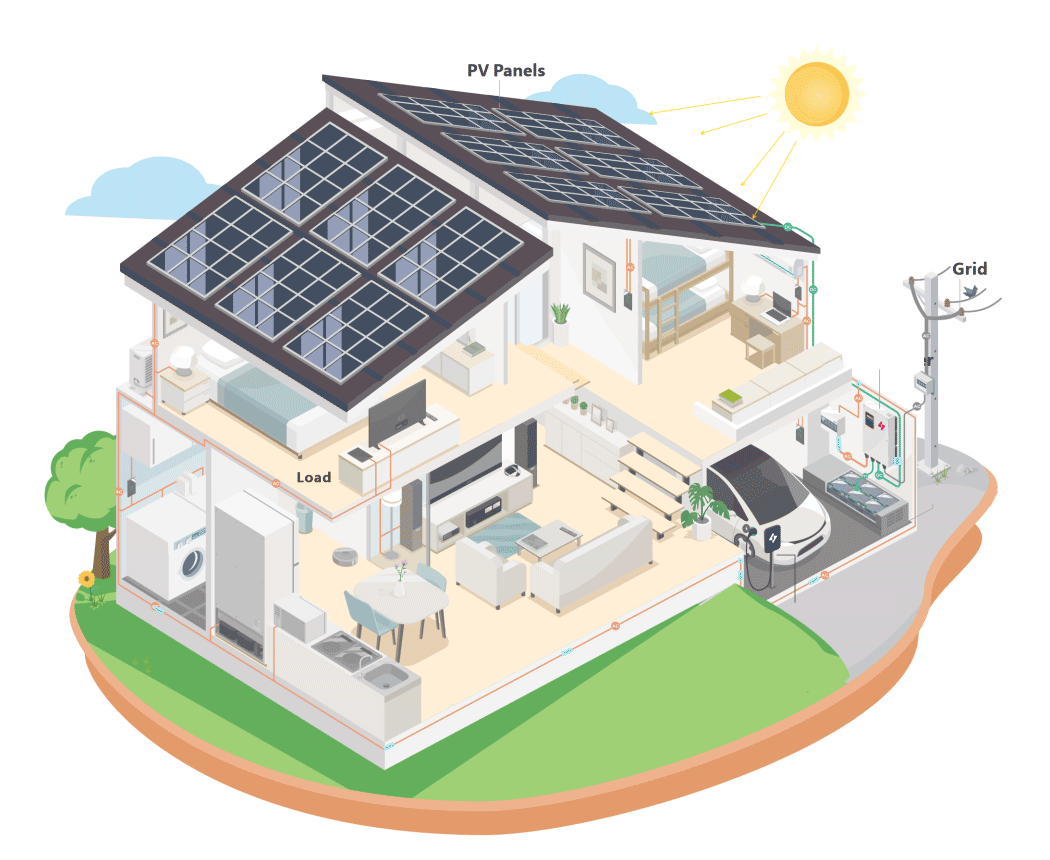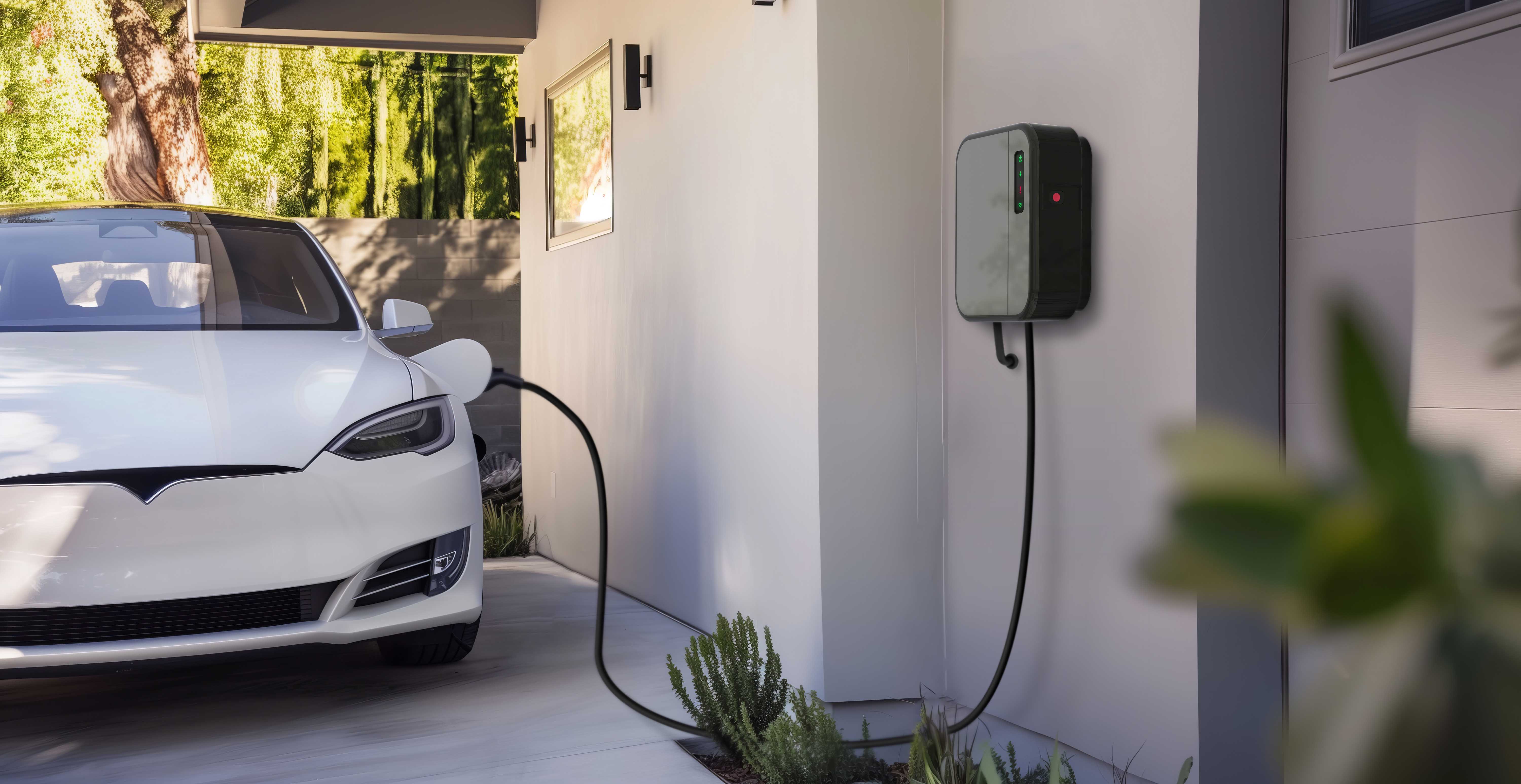Feel Free To Contact US
With the rapid rise in electric vehicle (EV) adoption around the world, the strain on power grids has intensified. This growing demand impacts the performance of electrical equipment and increases the likelihood of outages.
Balancing the available power across all electrical endpoints —such as between home EV chargers and buildings, and between multiple EV chargers—is crucial for maintaining the continuous operation of charging stations.
Without proper load balancing, available power is unevenly distributed, leading to reduced efficiency and a higher risk of circuit breaker trips. Over time, this imbalance can result in power outages, damage to charging equipment, and costly repairs, all of which negatively affect charging efficiency and increase operational costs.
What is Load Balancing?
Load balancing, also known as load matching or daily peak demand reserve, refers to the process of optimizing the distribution of electrical power. By balancing power demand and supply, electrical systems can avoid overloads, ensure stable energy usage, and reduce the risk of outages.
To illustrate, think of a typical evening at home. After a long day, you come home, turn on the lights, the TV, and various kitchen appliances, while also running the washing machine. You then remember to charge your EV overnight. All these devices draw power at the same time, creating a spike in household energy demand. This similar picture plays out in millions of homes at this time of night, when the electrical system reaches its peak usage for the day. Multiply this scenario across thousands of households, and you have a significant challenge for the electrical grid. Load balancing was created for such hours.
If no load balancing is in place, the surge in demand may trip circuit breakers or, in extreme cases, cause widespread outages. To prevent this, load balancing systems distribute power more efficiently.
Load balancing and our lives are closely related, if your house electrical setups is old, often due to excessive power load and tripping power outages, this will be a very troublesome thing, as upgrading to higher-capacity equipment can be costly. Load balancing solutions enable better utilization of existing resources, avoiding unnecessary expenses.
Today, many EV chargers come with built-in load management capabilities. When choosing a charger, it's worth considering whether it supports load balancing. The two main types of load balancing are Static Load Balancing and Dynamic Load Balancing.
What is Static Load Balancing in EV Charging?
Static load balancing divides the total available power from the grid equally among all connected EV chargers. The power allocation is predetermined and remains constant, regardless of the actual charging demand.
For example, if an EV charging site has a total capacity of 100 kW and 10 charging stations, each charger may be assigned 10 kW. This fixed allocation method ensures equal power distribution but lacks the flexibility to respond to fluctuations in demand or changes in the number of active charging sessions.
What is Dynamic Load Balancing in EV Charging?
Dynamic Load Balancing (DLB) is a smarter, more flexible approach. It continuously monitors real-time power usage and automatically redistributes available capacity between EV chargers and other connected electrical devices.
Unlike static load balancing, which relies on fixed allocations, DLB uses advanced management systems and algorithms to adjust power distribution in response to actual demand. This dynamic system ensures that charging efficiency is maximized while avoiding overloads and reducing energy costs. By monitoring connected EVs and household appliances, the system directs power where it’s most needed, balancing energy flow even during peak demand.
How Dynamic Load Balancing Works in Home Charging?
Installing an EV charger at home can significantly increase the load on your household’s electrical system. If your existing power capacity cannot handle the additional load, you may need to upgrade your power connection, which can be costly.
Dynamic load balancing offers a smarter alternative. Instead of upgrading your power capacity, DLB monitors and adjusts the energy consumption of household appliances and the EV charger. During peak evening hours, the system prioritizes essential household devices, temporarily limiting power to the EV charger. Later, when household demand decreases, the system reallocates power to the EV charger, ensuring efficient energy usage.
DLB can also work in harmony with solar energy systems. During the day, solar panels store energy, which can then be used to charge the EV during evening peak hours. This approach reduces reliance on the grid, promotes energy independence, and supports a sustainable, green lifestyle.
While the home situation is the simplest case, there are more ingenious options for applying dynamic load balancing in business.
How Dynamic Load Balancing Works for Multiple EV Charging?
The demand for EV charging in commercial and public spaces—like company parking lots, highway rest areas, and fleet depots—is significantly higher. In such scenarios, the need for simultaneous charging of multiple vehicles creates unique challenges for power distribution.
Dynamic load balancing addresses these challenges by allowing for centralized management of charging stations. The system can prioritize charging based on the use case. For instance, fleet managers might prefer to charge all vehicles slowly over a long period, while property managers may prioritize faster charging for tenants to free up parking spaces.
In more advanced systems, users can be prioritized based on the urgency of their charging needs, ensuring that the most critical tasks are completed first.Dynamic load balancing can be relatively static, such as allocating loads in advance based on the time of day, or dynamic, where loads are changed in real time using complex algorithms that adjust and redistribute energy consumption to the most critical areas.
Do All EV Chargers Have Dynamic Load Balancing?
Not all EV chargers come equipped with dynamic load balancing. However, considering its significant advantages in maximizing energy efficiency, it’s a feature worth looking for when purchasing a home or commercial charger.
Our latest charging solutions—Injet Swift, Injet Sonic and upcoming Injet Eco, —all featured with advanced load balancing capabilities. These chargers offer intelligent power management and ensure optimal charging efficiency for both home and commercial settings.
Why Dynamic Load Balancing is the Future of EV Charging?

Dynamic load balancing is rapidly becoming the industry’s preferred solution for EV charging sites. It provides flexibility, stability, and safety by fully utilizing the available grid power and ensuring continuous charging during peak demand.
As EV adoption grows, so does the need for smarter energy management. The future of load balancing will be shaped by advances in artificial intelligence (AI), machine learning, and renewable energy integration. Emerging technologies, like vehicle-to-grid (V2G) systems, will enable EVs to act as mobile energy storage units, supplying power back to the grid during peak demand.
Predictive analytics powered by AI will further enhance the efficiency of dynamic load balancing systems, allowing for even more precise forecasting of energy demand and optimal power distribution.
By integrating dynamic load balancing into EV chargers, businesses, homeowners, and fleet operators can achieve smarter, more efficient charging while supporting a greener, more sustainable future.




